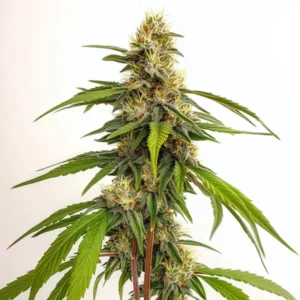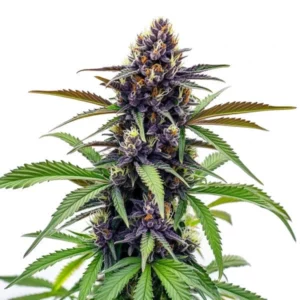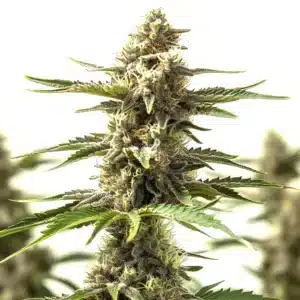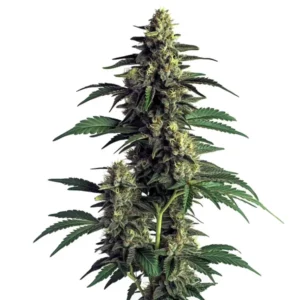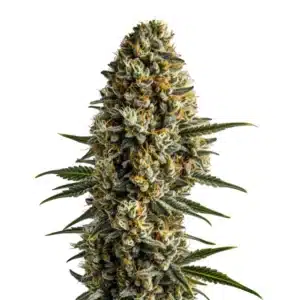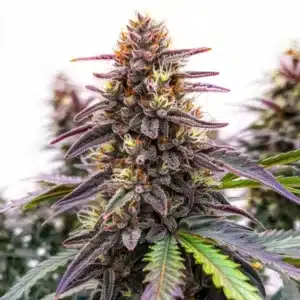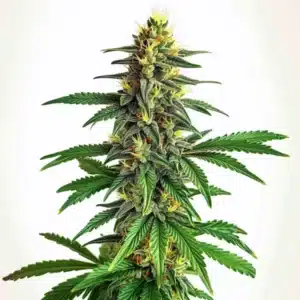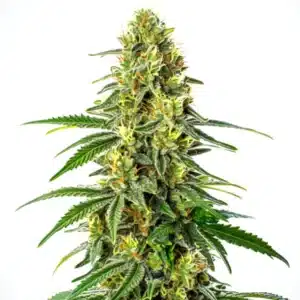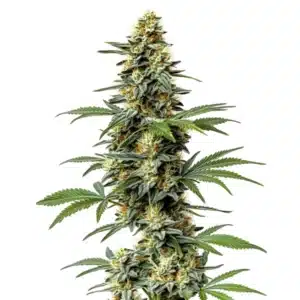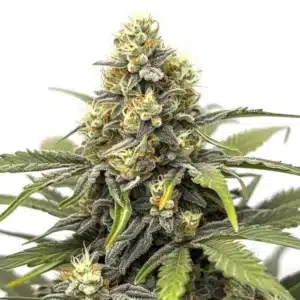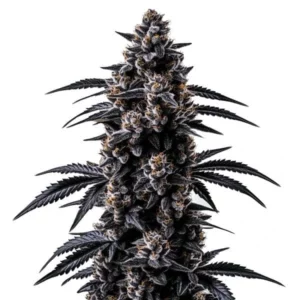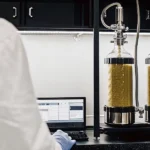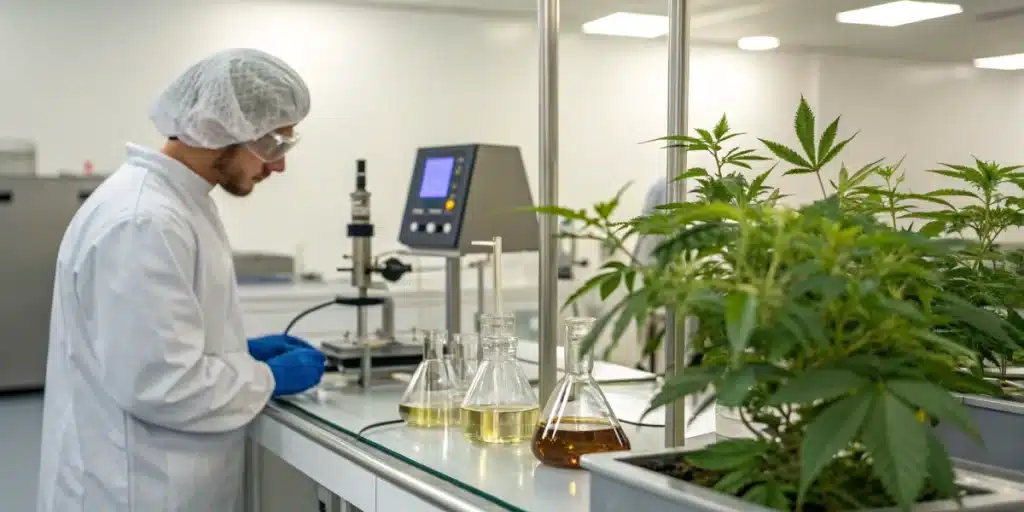
Unlocking Potency: Best Cannabis Oil Extraction Method
Overview of Cannabis Oil Extraction
Explanation of Extraction Methods
Cannabis oil extraction is a fascinating world in which science meets art. The primary goal is to isolate the valuable compounds from the cannabis plant, such as cannabinoids and terpenes, while leaving behind unwanted materials like plant waxes. This process is crucial for creating high-quality oils that cater to both recreational and medicinal needs. At its core, extraction involves breaking down the plant material and separating its components. Each method has its own unique approach to achieving this, and choosing the best cannabis oil extraction method depends on various factors like cost, safety, and desired product quality.
Extraction methods can be broadly categorized into two main types: solvent-based and solventless. Solvent-based methods use chemicals like butane or ethanol to dissolve the plant matter and extract the oil. In contrast, solventless techniques rely on mechanical or physical means to separate the oil from the plant. Both have their own set of pros and cons, and your choice will depend on your specific needs and resources. Understanding these methods is vital for anyone looking to produce high-quality cannabis oil, whether for personal use or commercial purposes.
Recommended Strains
Banizzle
|
|
THC | 25% - 30% (High) |
|
|
Type | Feminized |
|
|
Yield | High |
|
|
Phenotype | 55% Indica / 45% Sativa |
Black Cherry Soda
|
|
THC | 15% - 20% (Medium) |
|
|
Type | Feminized |
|
|
Yield | Low |
|
|
Phenotype | 50% Indica / 50% Sativa |
Key Principles of Oil Extraction
The best cannabis oil extraction method hinges on a few key principles that guide the entire process. The first principle is selectivity, which involves choosing a method that extracts the desired compounds while leaving behind unwanted elements. This is crucial because the quality of the final product directly correlates with how well the extraction method can isolate cannabinoids and terpenes. Selectivity is influenced by factors like solvent choice, temperature, and pressure, all of which play a role in determining the efficiency of the extraction process.
Another essential principle is efficiency, which refers to the yield of the extraction process. A high-yield method will produce more oil from the same amount of plant material, making it more cost-effective and sustainable. Efficiency is closely linked to the conditions under which extraction takes place, such as time, temperature, and pressure. Achieving the right balance between these factors is crucial for determining the best cannabis extraction process, as it can significantly impact the overall quality and potency of the extracted oil. Therefore, understanding these key principles is fundamental for anyone aiming to excel in the field of cannabis oil extraction.
Promos & Deals
Popular Extraction Techniques
Solvent-Based Methods
Solvent-based methods are among the most popular when it comes to finding the best cannabis oil extraction method. These techniques involve using a chemical solvent to dissolve the cannabinoids and terpenes from the plant material. Common solvents include butane, ethanol, and supercritical CO2. Each solvent has its own unique properties, which can affect the quality and purity of the final product. Butane extraction is known for producing high-quality concentrates with rich terpene profiles, while ethanol is praised for its ability to extract a broad range of compounds.
However, solvent-based methods come with certain drawbacks. Safety is a major concern, as some solvents are highly flammable and require specialized equipment and facilities to handle safely. Moreover, the risk of residual solvents in the final product is a consideration, especially for those using the oil for medicinal purposes. Despite these challenges, solvent-based methods remain popular due to their efficiency and ability to produce high-potency extracts.
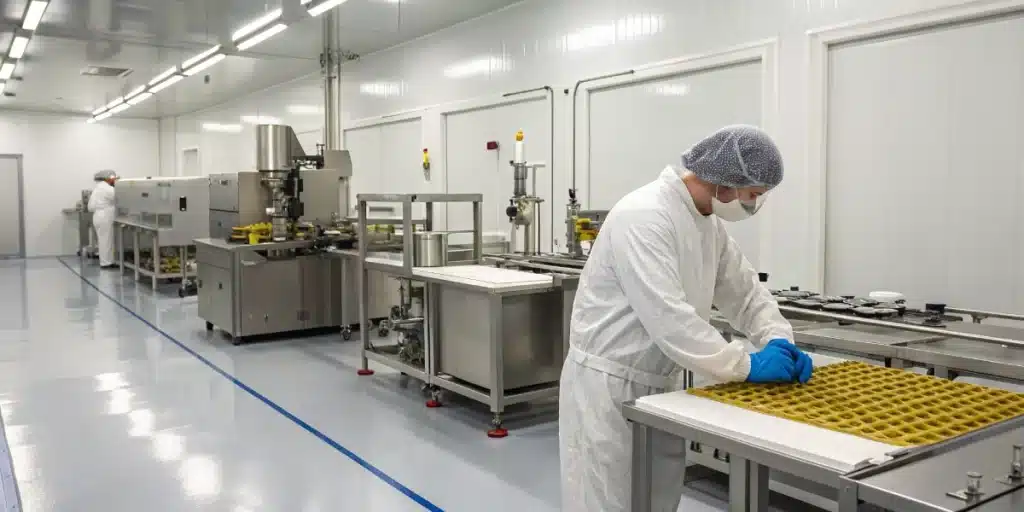
Solventless Techniques
Solventless techniques offer a cleaner and potentially safer alternative for those seeking the best cannabis oil extraction method. These methods do not rely on chemical solvents but instead use mechanical or physical processes to separate the oil from the plant material. Techniques like rosin pressing and ice water extraction are gaining popularity due to their simplicity and the high-quality products they yield. Rosin pressing involves applying heat and pressure to cannabis flowers or hash to extract the oil, resulting in a potent and flavorful concentrate.
Ice water extraction, on the other hand, uses cold water and agitation to separate trichomes from the plant. The resulting extract, known as bubble hash, is highly sought after for its purity and potency. The main advantage of solventless techniques is their safety, as they eliminate the risk of residual solvents in the final product. However, they may require more manual labor and can have lower yields compared to solvent-based methods. Despite these limitations, solventless techniques are becoming increasingly popular among home extractors and boutique producers.
Advantages and Limitations
Efficiency and Yield
When evaluating the best cannabis oil extraction method, efficiency and yield are critical factors to consider. Efficiency refers to how effectively a method can extract the desired compounds from the cannabis plant. Solvent-based methods generally offer higher efficiency due to the ability of solvents to dissolve cannabinoids and terpenes effectively. This results in a higher yield, meaning more oil can be extracted from the same amount of plant material, making the process more cost-effective.
However, efficiency and yield can vary significantly depending on the specific method and conditions used. Factors like temperature, pressure, and solvent choice can all impact the outcome. While solvent-based methods typically offer higher yields, solventless techniques like rosin pressing and ice water extraction are gaining traction for their ability to produce high-quality extracts without the need for chemical solvents. Ultimately, the choice between efficiency and yield will depend on your specific goals and resources.
Safety Considerations
Safety is a paramount concern when selecting the best cannabis oil extraction method. Solvent-based methods, while efficient, often involve flammable and potentially hazardous chemicals like butane or ethanol. This requires stringent safety measures, including proper ventilation and specialized equipment, to minimize the risk of accidents. Additionally, the presence of residual solvents in the final product is a concern, especially for those using the oil for medicinal purposes.
On the other hand, solventless techniques offer a safer alternative by eliminating the need for chemical solvents altogether. Methods like rosin pressing and ice water extraction are generally considered safer, as they do not involve flammable substances. However, they may require more manual labor and can have lower yields compared to solvent-based methods. Regardless of the method chosen, prioritizing safety is crucial for ensuring a successful and hazard-free extraction process.
Factors Influencing the Extraction Process
Quality of Cannabis Material
The quality of the cannabis material used is a significant factor in determining the best CBD extraction methods. High-quality, resin-rich cannabis will yield a more potent and flavorful oil, regardless of the extraction method employed. Factors such as the strain, cultivation practices, and freshness of the plant material all play a role in the quality of the final product. Using fresh, properly cured cannabis can significantly enhance the efficiency of the extraction process and improve the overall quality of the oil.
Moreover, the presence of contaminants such as pesticides or mold can negatively impact the extraction process and the safety of the final product. Therefore, choosing high-quality, clean cannabis material is essential for achieving the best results. Whether you’re using solvent-based or solventless methods, starting with top-notch cannabis will set the foundation for a successful extraction process.
Desired Purity and Potency
The desired purity and potency of the final product are crucial factors to consider when selecting the best cannabis oil extraction method. Some methods are better suited for producing highly concentrated, pure extracts, while others may yield a broader spectrum of compounds. For instance, supercritical CO2 extraction is known for its ability to produce high-purity oils by carefully controlling temperature and pressure to isolate specific cannabinoids and terpenes.
On the other hand, methods like ethanol extraction can result in a full-spectrum extract, capturing a wide range of cannabinoids and terpenes. The choice of extraction method will depend on your specific goals, whether you’re aiming for a highly potent concentrate or a more balanced, full-spectrum oil. Understanding your desired end product will guide you in selecting the most suitable extraction method for your needs.
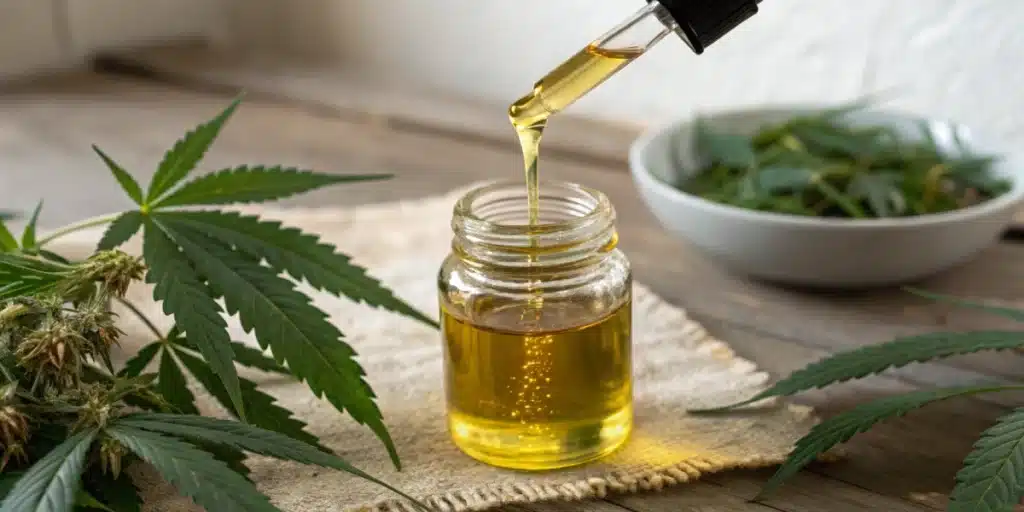
FAQs about best cannabis oil extraction method
Which extraction method produces the best quality oil?
Determining the best cannabis oil extraction method for quality is subjective and depends on individual preferences and goals. Supercritical CO2 extraction is often praised for its ability to produce high-purity oils with a rich terpene profile, making it a popular choice for those seeking top-quality extracts. However, solventless techniques like rosin pressing and ice water extraction also yield exceptional products, especially prized for their natural and solvent-free nature.
What are the safety considerations for oil extraction?
Safety is a crucial consideration in cannabis oil extraction. Solvent-based methods, especially those using flammable solvents like butane, require strict safety protocols, including proper ventilation and explosion-proof equipment. Residual solvents in the final product are another concern. Solventless methods, while generally safer, still require careful handling to avoid burns or mechanical injuries. Prioritizing safety measures is essential for a successful extraction process.
How do I choose the right extraction method for my needs?
Choosing the best cannabis oil extraction method involves considering factors like your desired end product, available resources, and safety concerns. Solvent-based methods may offer higher yields and efficiency, but require more safety precautions. Solventless techniques provide a safer, cleaner option but may have lower yields. Understanding your goals and resources will help guide your decision in selecting the most suitable method for your needs.


